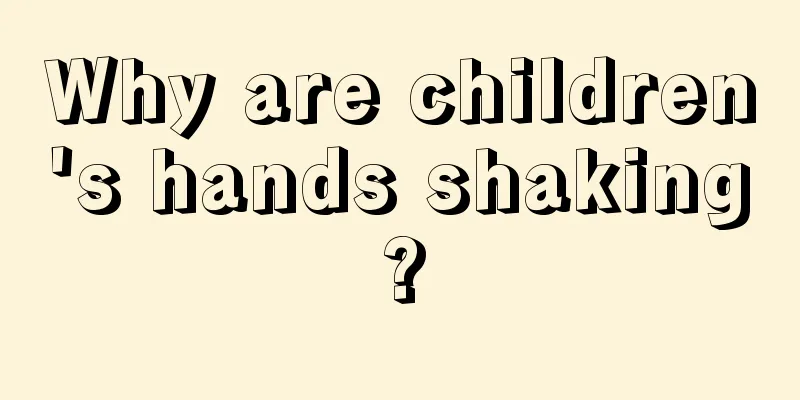What to do if children have hallux valgus

|
Some children are very prone to foot valgus due to abnormal tendon development when they are young. This phenomenon is very beneficial for babies, so most parents will give their children timely treatment and corrective surgery, because it is more convenient to treat when they are young, and children will not feel great pain. As children grow up, they can slowly develop and develop soundly. So what should children do with foot valgus? 1. Causes of baby's foot valgus Foot valgus is a deformity caused by abnormal development of the foot tendons, accompanied by flat feet and navicular collapse. The line connecting the midpoint of the calf, the center of the Achilles tendon, and the center of the calcaneus forms a shape. Foot valgus, also known as valgus foot, refers to the outward deviation of the heel axis in children and is one of the common foot deformities. In addition, foot valgus can also cause ankle valgus deformation. 2. How to detect whether the baby has hallux valgus in time? The most obvious feature of hallux valgus is that the sole of the newborn's foot is abnormally close to the calf. This is because the foot is squeezed for a long time when the fetus is in the mother's womb, causing dorsiflexion and hallux valgus of the calcaneus. It will heal naturally after the squeezing sensation disappears after birth. Generally, it will improve naturally within 2-3 months after birth. If there is no obvious improvement, seek medical attention and receive early treatment. How can we detect in time whether the baby has hallux valgus? Check whether the heel tilts inward more than 4° when the baby is standing. Clinical manifestations: The foot tilts outward when walking, the inner side of the foot touches the ground during the support phase, and the toes are flexed and deformed. It can cause pain on the medial side of the foot and significantly affect weight-bearing during the stance phase. When walking, the body's center of gravity is mainly placed on the front and inner side of the ankle. Limited ankle dorsiflexion affects the forward movement of the tibia and increases eversion. Ankle pain and poor stability. In the early stance phase, there may be hyperextension of the knee joint, lack of strength in push-off, and limb clearance disorder in the swing phase. Generally speaking, hallux valgus is congenital or hereditary, and is a deformity caused by abnormal development of the foot tendons. It is accompanied by flat feet and navicular collapse, and is often accompanied by flat feet and X-shaped legs. The harm of hallux valgus to babies cannot be ignored: 1. It makes the feet easily tired and the baby doesn't like to walk; 2. Cause foot pain and easy to fall; 3. Affect the normal development of the knee joint and cause X-shaped legs; 4. The walking posture is not beautiful. |
>>: Can children do moxibustion?
Recommend
Diet therapy for iron deficiency anemia in infants and young children
Iron deficiency anemia in infants and young child...
Rules that must be set for children before they are 6 years old
There is no order without rules. Children under t...
Baby crying hoarse voice
When a baby starts crying, he will cry at the top...
Symptoms of pollen allergy in babies
For babies, their physical development is not yet...
What to do if the baby's fever does not go down after taking antipyretics
If the baby's fever does not go down after ta...
How to quickly deal with children's vomiting and stomach pain
Mother's love is like the sea, and father'...
Why does my baby have frequent bowel movements but little stool?
Many young babies will encounter problems with ab...
Three methods of correcting baby's head shape
Because the bones of a baby's head are not fu...
What does the newborn screening test?
Babies are very important to parents. Parents pay...
When do children lose their teeth?
Every parent hopes that their children can have w...
What are the causes of precocious puberty in children?
Many parents want to know the cause of precocious...
How to correct children's teeth?
Teeth are very important to people. Only with hea...
What's wrong with the white spots on the child's nails?
Parents pay close attention to their children'...
Can sesame oil treat eczema in children?
In normal times, mothers not only need to work no...
Why does my baby cry at night?
We all know that babies are the hope of every fam...









